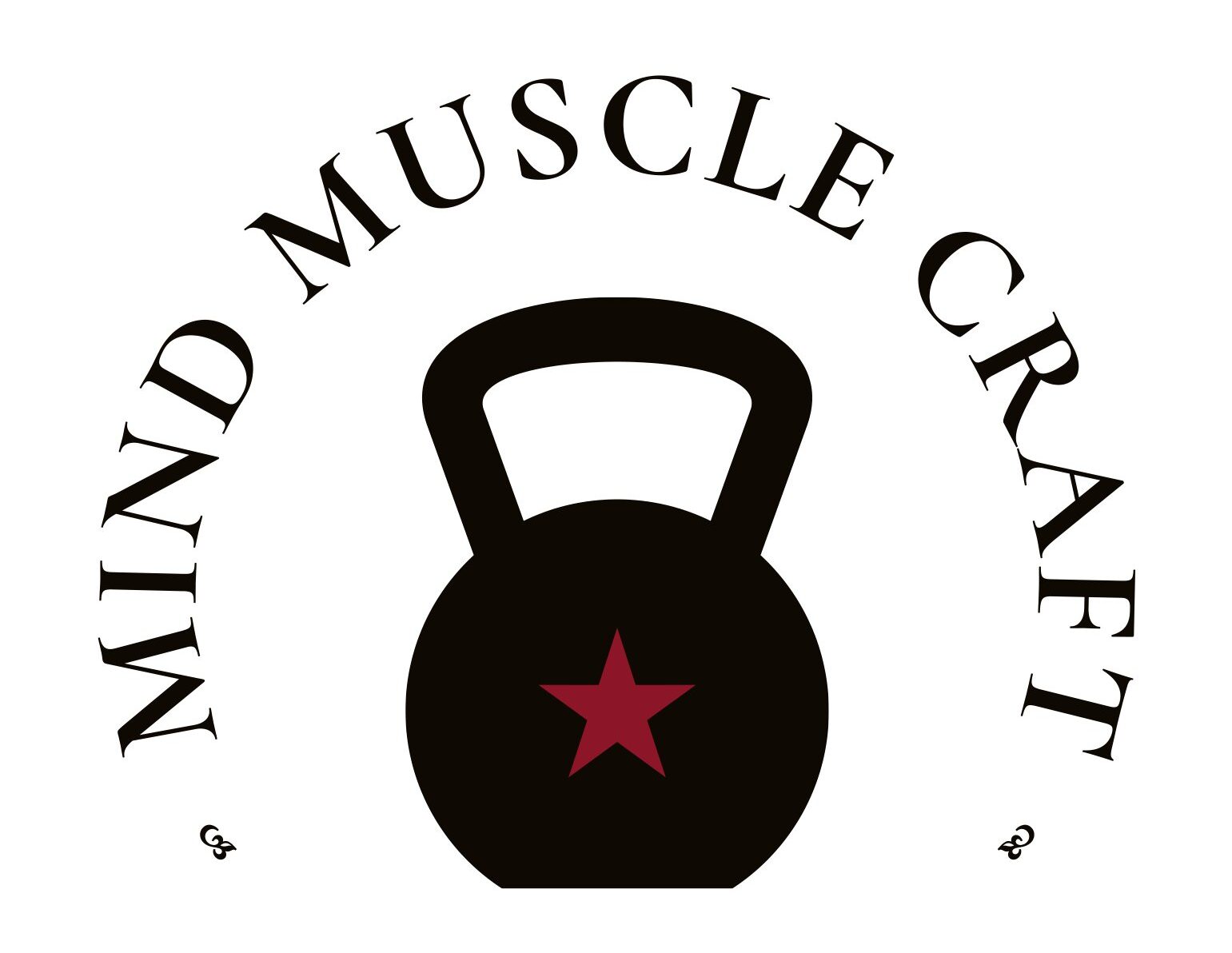The Real Reason Exercise Works
Most people think exercise works because it burns calories or builds muscle.
But Harvard evolutionary biologist Daniel Lieberman, author of Exercised: The Science of Physical Activity, Rest, and Health, explains something deeper.
The real benefit of training isn’t the workout itself — it’s the rebuilding process that follows.
When you train, you create small, controlled damage in your muscles, cells, and connective tissues.
This “good stress” activates ancient biological repair mechanisms that make you stronger, fitter, and healthier over time.
💬 “We get stronger and healthier not from the activity itself, but from the repairs that follow.” — Daniel Lieberman
Lieberman calls this the Costly Repair Hypothesis — the idea that exercise evolved as a biological signal to switch on the body’s repair and maintenance systems.
1. The Costly Repair Hypothesis
Every training session creates tiny disturbances inside the body:
-
Microtears in muscle fibers
-
Oxidative stress at the cellular level
-
Mild inflammation throughout tissues
In response, your body launches a powerful repair cascade:
-
DNA and protein repair — fixing molecular damage
-
Mitochondrial renewal — replacing weak energy factories with stronger ones
-
Collagen and bone remodeling — fortifying structural tissues
-
Anti-inflammatory clean-up — restoring balance
All of these steps require energy and nutrients — they literally cost calories.
That’s why your metabolism stays elevated for hours after you train.
🔥 2. EPOC — The “Afterburn” Effect
Once the workout ends, your body doesn’t stop working.
It keeps burning energy to restore itself — a process called Excess Post-Exercise Oxygen Consumption (EPOC).
During this after-burn phase, your metabolism can stay higher for up to 24 hours as tissues heal and systems rebalance.
The more intense or full-body the session, the greater the effect.
This is why strength circuits, compound lifts, and interval training are such powerful metabolic boosters — they challenge large muscle groups and trigger a stronger repair response.
💬 “The sweat session ends, but your body keeps working long after you stop.”
3. Exercise as Anti-Aging Medicine
The same repair processes that rebuild muscle also slow down cellular aging.
During recovery, the body:
-
Clears out damaged or old cells
-
Stimulates autophagy (cellular recycling)
-
Helps maintain telomere length, which protects DNA from degradation
In simple terms, consistent physical activity doesn’t just shape your body — it preserves your biological youth.
4. Why Rest and Nutrition Matter
Because repair is energy-intensive, your body needs the right support:
-
Sleep — 7–8 hours nightly for hormonal and cellular recovery
-
Protein — to supply amino acids for tissue rebuilding
-
Micronutrients — vitamins, minerals, and antioxidants that drive cellular repair
Skipping rest or under-eating protein interrupts this process and limits results.
Lieberman notes that our ancestors naturally alternated bursts of effort with periods of rest, keeping their repair systems in perfect rhythm.
Takeaway
Exercise isn’t punishment — it’s communication.
Every workout sends a message to your body: “Repair me, rebuild me, make me stronger.”
When you combine intelligent training, good nutrition, and proper recovery, you harness your body’s most powerful biological system — the one that keeps you young, resilient, and alive.
🔗 External References
Move Like Your Ancestors: Unlock Natural Fitness
Fat Loss Through Hormonal Balance: Unlock Your Body’s Hidden Fat-Burning Potential
Randle Cycle & Keto: The Hidden Link to Insulin Resistance

